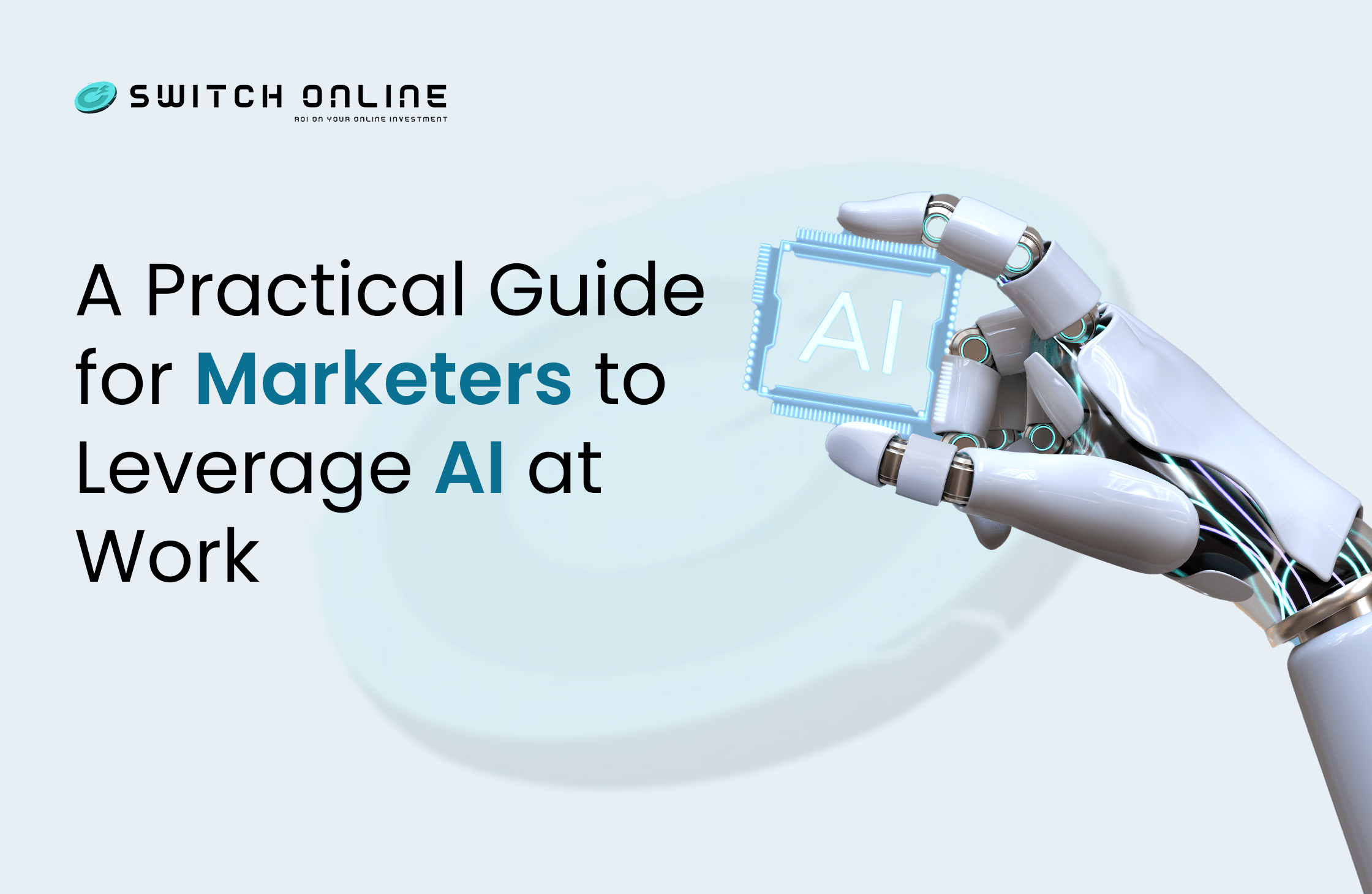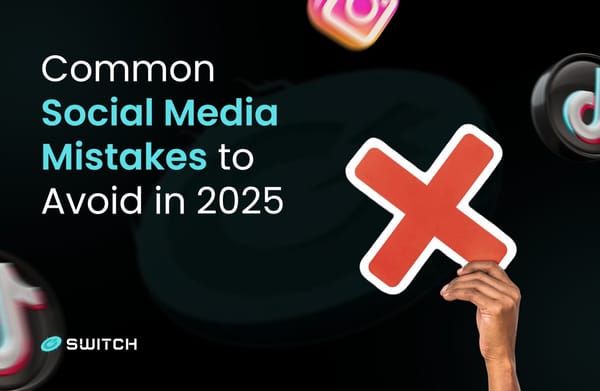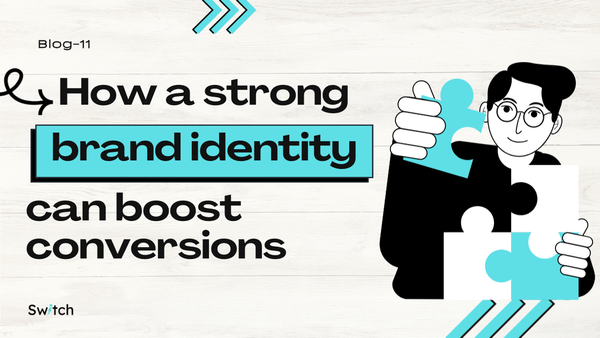A Practical Guide for Marketers to Leverage AI at Work

AI is transforming the marketing and advertising landscape in unexpected ways. Recent research from Mediaocean highlights significant shifts in the expectations surrounding AI, emphasizing the need for marketers to adapt. This article shares key findings from the research and offers practical tips on how to leverage AI effectively in your marketing efforts.
Evolving Expectations of AI Use Cases
Mediaocean conducted a refreshed survey involving over 1,000 marketing and advertising professionals from the U.S., UK, France, and Germany. The survey explored their current and anticipated use of AI in various roles, revealing a notable decline in traditional creative applications over the past year.
In April 2023, the most common anticipated uses for AI were:
- Copywriting (59% of respondents)
- Image Generation (39%)
- Customer Service (37%)
These roles require human-like creativity and interaction. However, by November 2023, these expectations had shifted dramatically, with each use case dropping by over 50%. The leading anticipated application became Data Analysis (39%), followed by Market Research (35%) and Copywriting (26%). The new focus reflects a greater appreciation for AI's analytical capabilities rather than its creative potential.
This shift underscores an important realization: AI should not be viewed as a replacement for human creativity and intuition. Instead, it serves as a powerful tool that enhances human capabilities, allowing marketers to analyze vast datasets, generate actionable insights, and optimize results while preserving the essential human elements of judgment, creativity, and empathy.
Embracing AI Responsibly
To thrive in this evolving landscape, marketers must become more fluent in AI technologies and their applications. Here are some strategies to enhance your AI proficiency:
- Cultivate Curiosity: Embrace a mindset of exploration. Set aside time each week to experiment with various AI tools and applications. This investment in curiosity can reveal innovative solutions to challenges within your workflows.
- Practice Critical Thinking: Remember that AI is not infallible. It can exhibit biases and errors. Therefore, it is essential to approach AI outputs with a critical mindset. Regularly validate results, considering their implications for your work and audience.
- Foster Collaboration: AI is most effective when integrated within a team environment. Engage with fellow marketers, AI enthusiasts, and stakeholders to share knowledge and insights. Clearly communicate the purpose and value of AI in your projects, seeking feedback and collaboration to enhance outcomes.
- Prioritize Data Security: Be cautious when using public AI tools, as they are primarily designed for entertainment, not enterprise use. Avoid sharing sensitive company information or real customer data in these platforms. Always ensure that any confidential information is shared securely.
Conclusion
AI plays a crucial role in the future of marketing and advertising, though not in the ways we expected just a year ago. It does not threaten human creativity; rather, it complements and enhances our skills. By leveraging AI, we can work more efficiently and effectively, but we must retain our essential human qualities—judgment, vision, and empathy.
As you embark on your AI journey, stay curious and open to the possibilities. Embrace AI as a valuable partner in your marketing efforts, enhancing your ability to create meaningful connections with clients and audiences.





